5 design trends to help you create an engaging brand
Art and design is a vital part of the visual identity of a brand.
Your audience sees the visuals before they even begin reading the words accompanying your content. The visual elements of your content shape the perception of your brand. Images speak to an audience in a more direct way by instantly evoking an emotion or feeling - they are more persuasive.
Your brand’s visual identity will be applied to all your external and internal communication outputs. So it is important to create a visual identity that is authentic, genuine and memorable to your brand and audience.
With that in mind, let’s look at 5 design trends that you can apply to the visual identity design of your branding to create an engaging brand and make that genuine connection with your audience.
1. Inclusive visuals
Representation matters. Gone are the days of the norm of portraying human figures with olive or yellow colours. Represent people of all colours, shapes, sizes,abilities and sections of society in your visuals. Make the effort to source stock imagery and stock CAD figures from diverse sources to make your visuals more inclusive.
Diversity graphic. [Source: Vecteezy]
2. Engaging infographics
Digital Infographics are trending. Make complex information easier to understand by presenting them in well-organised and visually appealing infographics. Complex statistics around subjects of ESG, Net Zero, Carbon literacy can be simplified and presented in visually engaging and digestible formats. Report data, consultation data, step by step guides, processes and the like can all be represented in bite-sized and memorable infographics.
Take a look at these infographics we have created:
Infographic for Cosy Homes Oxfordshire created by Concept Culture.
3. Classic themes
Apply the styles of simpler times to add a sense of traditional simplicity to your visual branding. Some of the more traditional artistic styles which appear to be trending include muted tone colours, monochrome effects, two colour theme and serif fonts (yes, they are making a comeback!). Classic aesthetics help build a feeling of familiarity and trust with your audience.
The LDN Collective’s engaging visual identity is largely inspired by this image of muted coloured tiles. [Source: Unsplash]
4. Escapism and surrealism
Escapism, surrealism, and abstract psychedelia as an aesthetic trend have always been popular. Bright and unexpected colours, psychedelic designs, intriguing imagery, intense gradients and blazing hues grab the viewer’s attention making it almost impossible for the viewer to look away. And once you have your audience’s attention, you can take them on a journey of whimsy and imagination with you.
‘The Artful Escape’ Game Poster [Source: Rock Paper Shotgun]
5. Nostalgia
The past is always a rich source of inspiration. Design trends move in cycles and it is not uncommon to find styles that were hot in the past become trendy once again. Life was overwhelming during the pandemic. As we navigate through the recovery phase, people want comfort and familiarity. Nostalgia is a sentimental yearning of a past period. A resurgence of design elements and pop culture references are making their way to films and TV shows and branding is no different. To create a sense of comfort in your branding visual, go old school and turn the clock back. May we suggest our favourite decade of fond childhood memories - the 90s?
This 90s pop culture design trend is making a comeback. [Source: Envato]
Looking for design direction for your brand?
Get in touch with us. We’d love to help you stand out in a crowded marketplace. We can conceive creative concepts and imagery, to create brand awareness and inspire audience action.
Further reading:
3 reasons why visual content matters in the built environment





